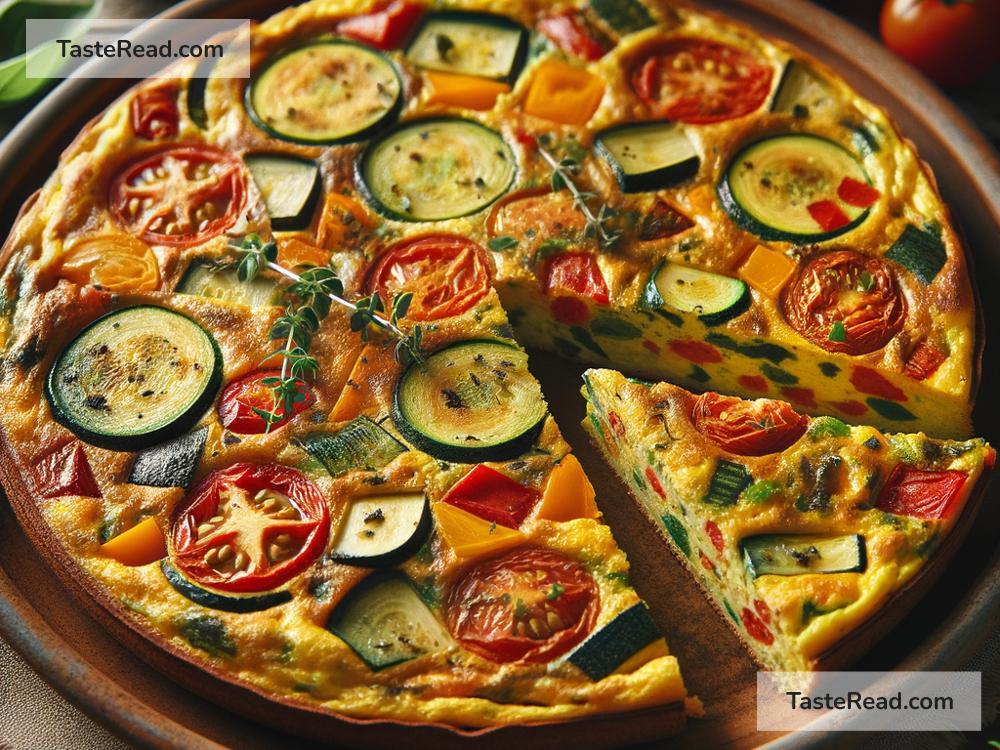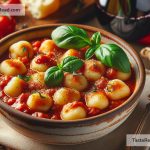Title: How the Italian Frittata Became a World-Famous Classic
In the panorama of global cuisine, Italy has long been hailed as a treasure trove of culinary delights. Among its vast array of pasta, pizza, and dolce vita, there’s a simple yet profound dish that has captured the hearts of food lovers worldwide – the Italian frittata. But how did this humble egg-based dish become a beloved classic not just in Italy but around the globe? Let’s break some eggs and dive into the delicious history and evolution of the frittata.
The Humble Beginnings
The frittata’s story begins in the Italian countryside, where simple, fresh ingredients were a staple in everyday cooking. Italian families often had chickens, which meant a steady supply of eggs. Combine this with the seasonal vegetables from the garden, and you’ve got the makings of a frittata. The beauty of this dish lies in its simplicity and versatility. Originally conceived as a way to use up leftovers, the frittata became a canvas for whatever ingredients were on hand – be it vegetables, cheese, pasta, or even leftover meats.
Historically, the term “frittata” is derived from the Italian word “friggere,” which means “to fry.” This method of cooking eggs was a practical solution for a quick and nutritious meal that could feed the whole family. It’s a tradition that reflects the Italian ethos of using fresh, seasonal ingredients to create dishes that are greater than the sum of their parts.
Frittata vs. Omelette: The Italian Twist
Many cultures have their version of an egg-based dish, with the French omelette being one of the most famous counterparts to the Italian frittata. While both dishes involve eggs and fillings, they differ in preparation and presentation. The omelette is typically cooked quickly and folded over its fillings, whereas the frittata is mixed with its ingredients, cooked slowly, and often finished in the oven to achieve a hearty, cake-like quality. This cooking method not only allows for a fluffier texture but also gives the frittata its distinctive, rounded appearance that can be sliced like a pie.
Going Global
The frittata began its journey outside Italy through the waves of Italian immigration in the late 19th and early 20th centuries. Italian immigrants brought their recipes and culinary traditions with them, integrating their flavors into new cultures and sharing the comfort of their home cooking with new friends and communities. The simplicity and versatility of the frittata made it a hit; it was a dish that could adapt to any region’s local ingredients, making it universally appealing.
In recent years, the frittata’s popularity has surged globally, thanks in part to the rising interest in Mediterranean cuisine known for its health benefits and use of fresh, wholesome ingredients. The frittata fits perfectly within this diet, offering a high-protein meal that can be loaded with vegetables, making it a favorite among health-conscious eaters and food lovers alike.
Frittata Today: A Modern Classic
Today, the frittata holds a place of honor in the culinary world, embodying the essence of Italian cooking while showcasing the global adaptability of food. From brunch tables in America to cafes in Australia, the frittata is celebrated for its ease of preparation and its ability to bridge cultures and tastes. Modern renditions see the incorporation of global ingredients, reflecting today’s melting pot of culinary influences. Yet, at its core, the frittata remains a testament to resourcefulness and the Italian adage of “cucina povera” – creating something magnificent from the simplest of ingredients.
Embracing the Frittata
Embracing the frittata in your own kitchen couldn’t be easier. Start with eggs and whatever fillings your heart (or fridge) desires. Whisk, pour into a skillet, and cook slowly. Whether you stick to traditional Italian combinations like potato and onion, or venture into newer territories with ingredients like feta and spinach or salmon and dill, the frittata’s forgiving nature encourages creativity. It’s a dish that invites experimentation, making every rendition a unique culinary adventure.
In Conclusion
From its rustic Italian origins to its status as a global comfort food, the frittata has traversed a remarkable journey. It represents not only the ingenious simplicity of Italian cooking but also the power of food to evolve, adapt, and bring people together. So, the next time you find yourself staring at a fridge full of odds and ends, remember the humble frittata. It’s a testament to the magic that happens when simplicity meets creativity, yielding a dish that’s truly a classic in every sense of the word.


